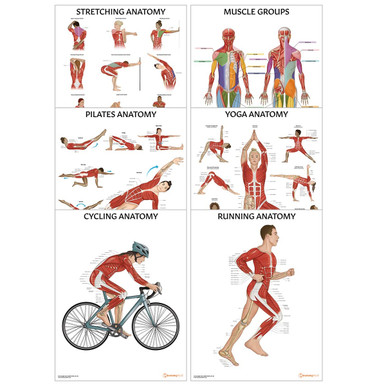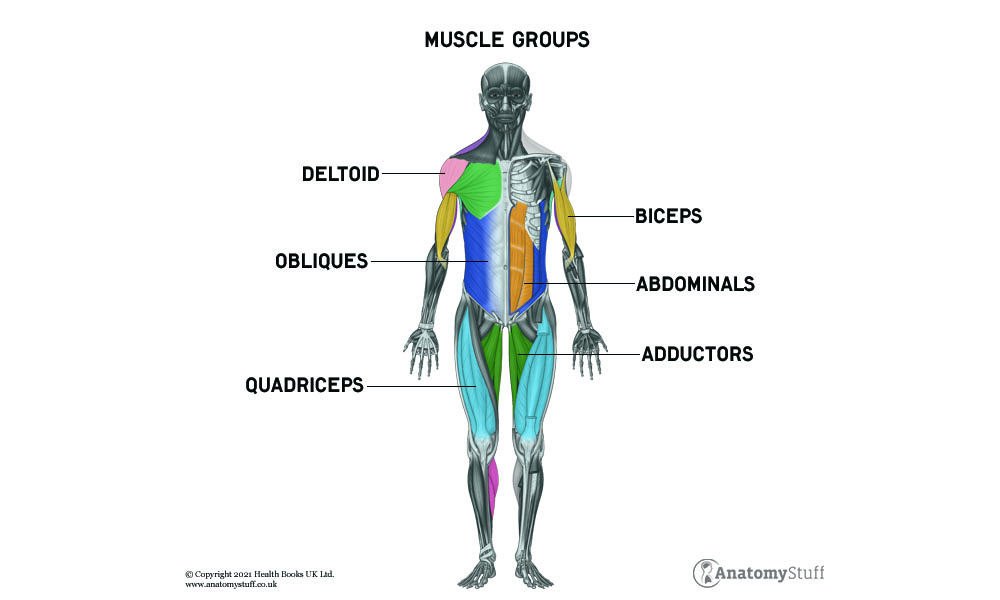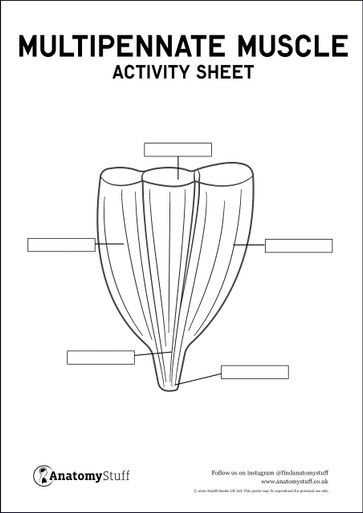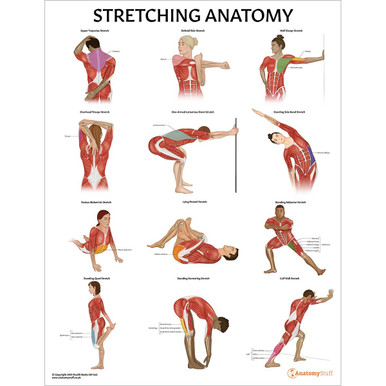Written by: Liz Paton, MSc
Muscles Groups
Our muscles are responsible for making our bodies function properly and move. Muscles are also often classified by major groups in the body, especially when pertaining to fitness. People typically aim to work on a specific muscle group or groups during a workout regimen.
Muscle Groups of the Upper Body
The muscle groups that make up the upper half of the body include the trapezius, deltoids, biceps, triceps, pectoralis, abdominals, obliques, and latissimus dorsi.
The trapezius, often referred to as the “traps”, is the large muscle in the back that resembles a trapezoid. It allows you to extend your neck and move your scapula (shoulder blade).
The deltoid muscle is the large triangular shaped muscle found at the top of your arm, giving your shoulder its round shape. It allows you to rotate your arm and assists with daily actions such as giving you the strength to carry objects.
The biceps muscle is found on the front of the upper arm. It attaches to the scapula with two of its heads and one head attaches to the radius bone at the elbow. It allows you to flex the elbow and rotate your forearm in a palm-up position, called supination. You will often see someone who works out flexing this muscle to show their progress!
The triceps is found on the back of the upper arm. It attaches to the scapula and radius. This muscle helps keep the shoulder in place and allows you to extend and adduct your arm (bring your arm towards the body).
The pectoral muscles often referred to as the “pecs”, are the muscles situated on the chest that lies beneath the breasts. The pectoral muscles consist of the pectoralis major, pectoralis minor, subclavius and serratus anterior. This muscle group helps adduct, abduct (bring away) and depress (bring down) the arm. The pectoralis major is the large, fan-shaped triangular muscle that makes up most of the pectoral muscles. The pectoralis minor is the thin, triangular-shaped situated beneath the pectoralis major. The subclavius muscle, along with the pectoralis major and pectoralis minor form to create the armpit. The serratus anterior is another fan-shaped, muscle with a serrated appearance of the pectorals that helps move the scapula.
The abdominals, commonly called the “abs”, are the long muscles that covers your abdomen. The two abdominal muscles are the rectus abdominis and transverse abdominis. The rectus abdominis runs vertically and parallel down the front of the abdomen. This muscle helps you move your body between the hips and ribcage. The transverse abdominis is also known sometimes as the “inner abs”, and as the nickname suggests, they lie beneath the rectus abdominis and beneath the oblique muscles. The oblique muscles, which consist of the external oblique and internal oblique muscles, cover the sides of the abdomen. These muscles help pull the chest downwards and flex the trunk anteriorly and laterally.
The latissimus dorsi, commonly known as the “lats”, is a large, flat, V-shaped muscle that makes up the lower portion of the back. This muscle helps adduct, extend and internally rotate the shoulders.
Muscle Groups of the Lower Body
The muscle groups that make up the lower half of the body include the glutes, quadriceps, adductors, hamstrings and calves.
The gluteal muscles, commonly referred to as the glutes, are the muscles that make up the buttocks. The gluteal muscles include the gluteus maximus, gluteus medius and gluteal minimus. All three of the gluteus muscles originate from the ilium (of the hip) and sacrum (lower spine) and insert on the femur (thigh bone). The gluteus maximus is the largest of the gluteal muscle and helps extend and externally rotate the hip. The gluteus medius helps with hip abduction (moves it away from the body). The gluteus minimus, the smallest gluteal muscle, helps with abduction and stabilisation.
The quadriceps muscles, also known as the “quads”, consists of the rectus femoris, vastus lateralis, vastus medialis, and vastus intermedius. These muscles make up the bulk of your thighs and work together to flex your hips and extend your knees.
The adductors, as the name suggests, help adduct the legs toward the body. The adductors muscle group consists of the gracilis, obturator externus, adductor brevis, adductor longus and adductor magnus.
The hamstrings are the muscles that cover the back of the thigh, from the hip to the knee and help extend the leg and bend the knee. The three muscles that make up the hamstrings are the semitendinosus, semimembranosus and biceps femoris.
The calves consist of the gastrocnemius, soleus and plantaris muscles. The gastrocnemius is the main muscle of the calf and helps flex the knee and foot. The soleus is a strong muscle of the calf that runs from the knee to the heel. The plantaris also runs from the knee to the heel and has the longest tendon of all of the muscles in the body. These muscles are used to move your heel upwards and are crucial for activities such as walking, running and jumping.
Free Download PDFs
View AllRelated Products
View All














